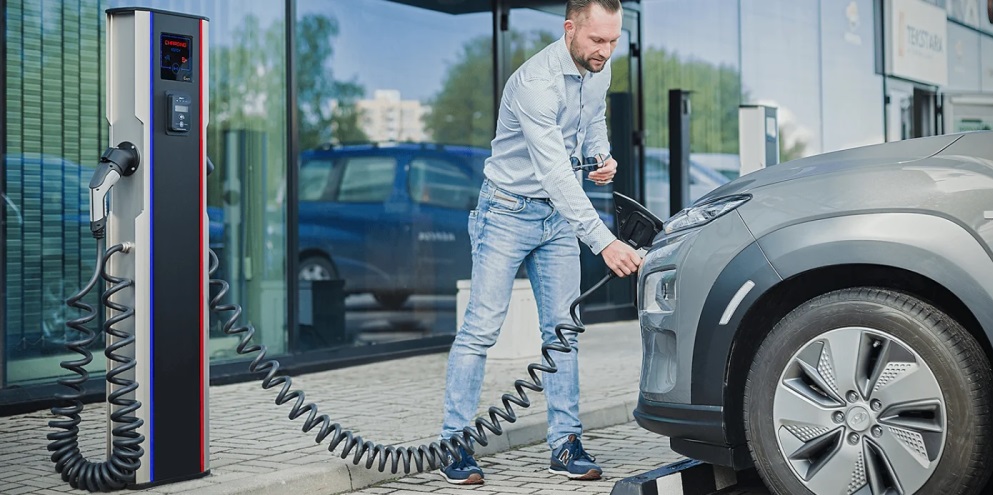In 2019, Lithuania’s Ministry of Energy set the goal of increasing the number of electric vehicles (EVs) to 230,000 by 2030.
Meanwhile, the National Charging Infrastructure Report (NIR) also sets out objectives: it foresees that by 2025 the battery (BEV) and plug-in hybrid (PHEV) electric vehicle fleet will consist of over 50,000 units, and by 2030, nearly 250,000.
Currently, the country has around 19,000 of these units.

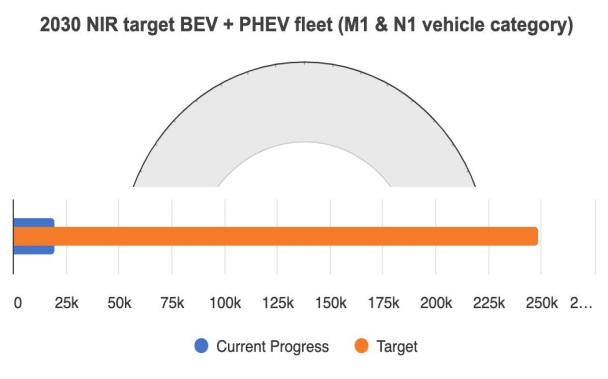
Regarding the charging infrastructure, the NIR foresees the installation of 310 points.
On the other hand, as a member state of the European Union (EU), the country is obligated to adopt National Policy Framework (NPF) goals.
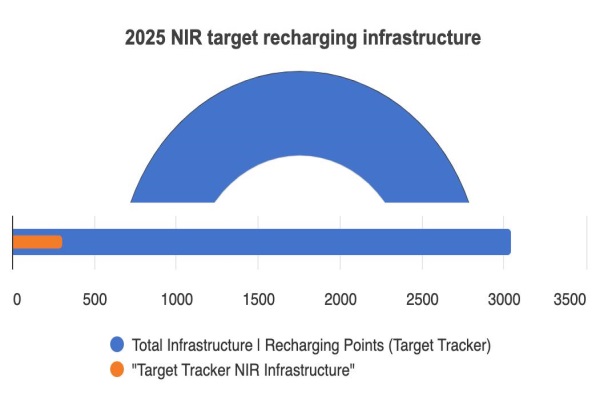
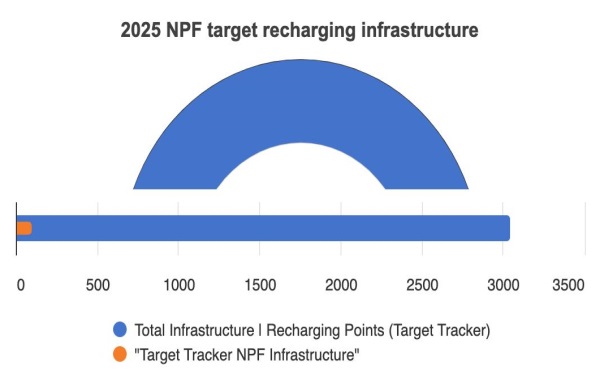
Will the country be able to meet the established goals?
Next, Mobility Portal Europe shares a report on the situation and progress of electromobility.
What incentives does Lithuania offer?
In terms of incentives, the Lithuanian government has waived registration tax payments for new electric vehicles, both for companies and private users.
Additionally, specific tax benefits are offered to companies purchasing zero-emission cars, including purchase incentives and subsidies of up to 400,000 euros per firm.
For individual users, there are also aids, such as bonuses of up to 2,500 euros for used EVs and up to 5,000 euros for new ones.
These aids are subject to certain criteria, such as the vehicle’s registration year and type of propulsion.
In terms of taxes, electric cars are exempt from circulation tax until 2024, further reducing the costs associated with their ownership.
Additionally, since the first of January of 2023, VAT reduction for purchases up to 50,000 euros has been allowed, and this policy is set to continue until 2027.
The institutions involved in implementing these contributions include the Ministry of Transport and Communications, the Ministry of Economy, the Ministry of Environment and Energy, as well as various municipalities across the country.
The charging infrastructure also receives assistance for its installation, with allowances ranging from 1,500 euros for wallboxes to 10,000 euros for public stations.
Sustainable vehicles constitute 53.6% of the market
According to the European Automobile Manufacturers’ Association (ACEA) report, In Lithuania, out of the 1.7 million cars in circulation during the previous year, 119,836 were electric and hybrid, representing 6.96 percent of the total fleet.
However, were any changes observed during the first months of 2024?
Between January and March of this year, 356 BEVs, 363 PHEVs, and 2,872 HEVs were registered.
Through these registrations, a 15.4 per cent decrease in the adoption of electric vehicles was observed, while hybrids showed a considerable increase: 100.6 per cent more in the case of plug-ins and a 19.4 per cent rise in conventional ones.
As a result, electric vehicles account for 5.2 percent, while plug-in hybrids constitute 4.8 percent and traditional hybrids 43.6 per cent.
These percentages indicate that sustainable mobility is gaining ground in Lithuania, accounting for a total of 53.6 per cent, although perhaps at a different pace.
As for the models preferred by users, the Dacia Spring BEV and the Jeep Compass PHEV stand out.

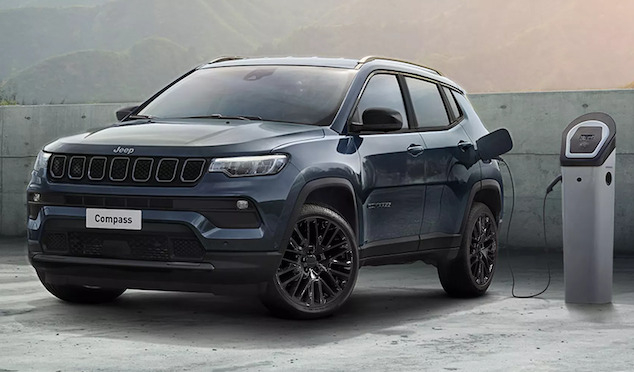
Lithuania counts 3,047 charging points
From the perspective of charging points, the country is undergoing significant growth compared to previous periods.
It has been reported that users have access to 2,566 alternating current (AC) charging devices and 481 direct current (DC) units up to the first annual quarter.
Within the AC category, 13 points are for slow charging of up to 7.4 kilowatts, 2,343 are for medium-speed reaching up to 22 kilowatts, and 210 are for fast charging, with a maximum power of 22 kilowatts.
On the other hand, in the case of DC, there are 55 slow charging units of up to 50 kilowatts, 315 fast units of up to 150 kilowatts, 91 level 1 ultra-fast charging, with a power of 350 kilowatts, and 20 level 2 ultra-fast charging units up to 350 kilowatts.
Moreover, 1,400 of the total can be accessed without restrictions, meaning 24 hours a day, seven days a week, as they are publicly accessible.
It’s worth noting that the distribution of charging stations in Europe is not equitable. While countries like Norway, the Netherlands, and Sweden have the highest concentration of centers per capita, Bulgaria, Romania, and Lithuania have the lowest amount.
Lithuania plans to install more charging points and an H2 station
Far from sticking to just the current 3,047 charging points, Lithuania has plans to expand its infrastructure.
In addition to the objectives outlined by the NIR (which foresees the installation of 310 points) and the NPF, ambitious goals have been set under the National Renewable Energy Plan, including the installation of 100 more.
Additionally, the construction of a hydrogen refueling station (H2) is projected, which could further drive the transition towards more sustainable and eco-friendly mobility in the country.
Furthermore, it’s worth mentioning that last year the European Investment Bank (EIB) announced it would support the construction of 10,574 new electric vehicle charging stations in Bulgaria, Romania, Lithuania, and Latvia with around 40 million euros.
This project would be carried out through the charging infrastructure operator Eldrive.
Meanwhile, Eleport aims to allocate over 20 million euros during 2024 and over 100 million euros in the coming years to expand its charging network.
This year, the company aims to install 800 new charging devices, complementing its current network of 550 points distributed in Poland, Lithuania, Latvia, and Estonia.
With this increase, the company will account for more than 1,350 units, representing a significant increase of 145 per cent compared to the previous year.
With the development of these and other projects, the country can meet the goals set by the NIR and NPF.
The need for integration of payment tools at the stations
Lithuania is significantly accelerating its transition towards eMobility expanding the charging point network.
However, this progress could be hindered by a deficit in user experience.

Auste Pranckute, Co-founder at Stuart Energy, tells Mobility Portal Europe that the market has numerous mobile applications that people must download to pay for charging.
One proposed solution to solve this is the integration of payment tools at the stations, allowing users to make payments directly onsite without the need for app downloads.
“Nevertheless, having the devices installed in the charging points increases the Capital Expenditures (CAPEX) and Operational Expenditures (OPEX) of the charging infrastructure,” she notes.
Additionally, the devices could be faulty or insecure.
“From the end-user perspective, it might be a bit more convenient than having 101 downloaded mobile apps, but from the infrastructure perspective, it is not as convenient,” she emphasizes.





